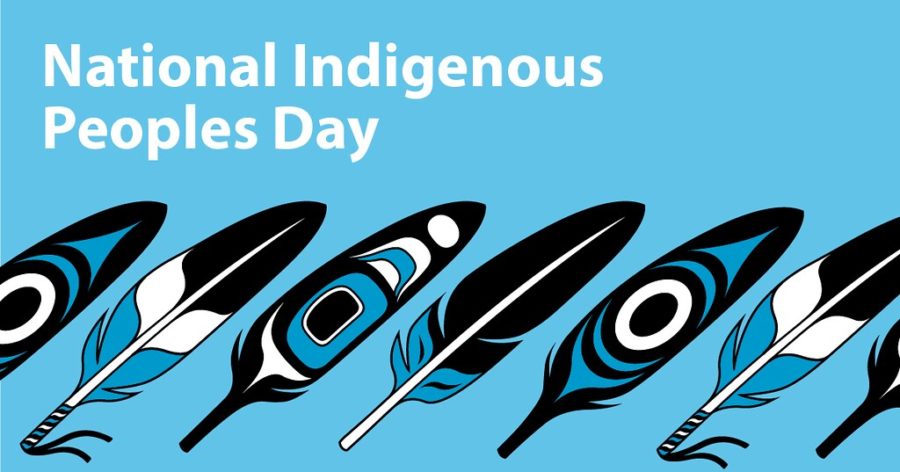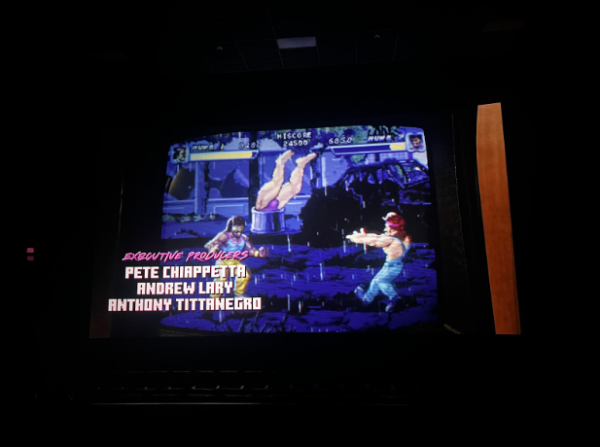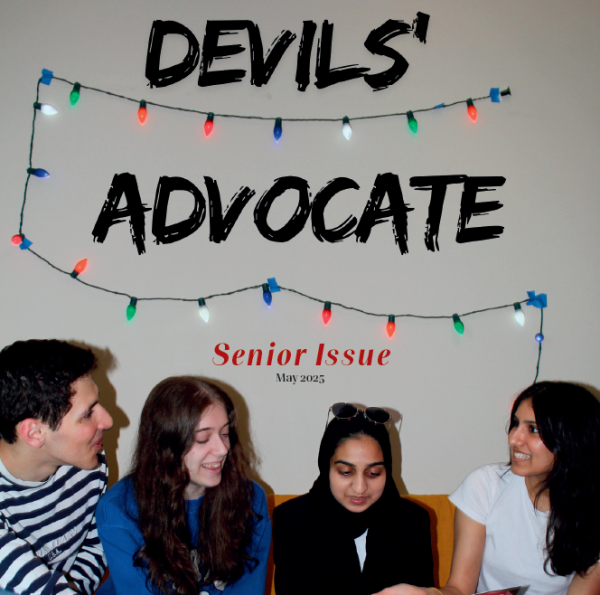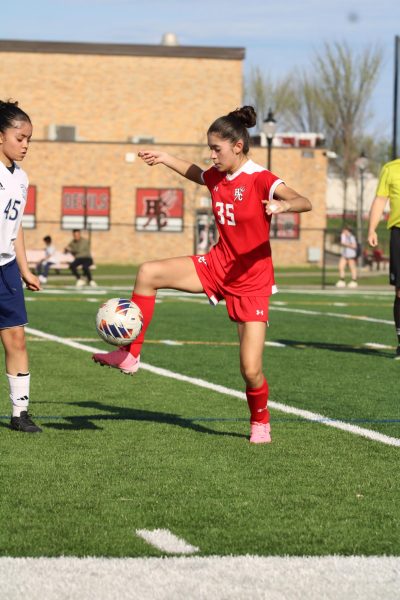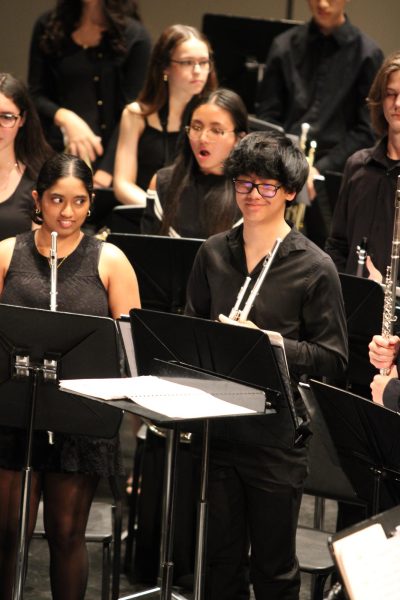It’s all about perspective
In 1492, Columbus sailed the ocean blue. Throughout grade school, every student was taught that Christopher Columbus discovered America. From Columbus’s perspective, he made incredible discoveries and contributions to humanity. We later learned that indiginous people had an entirely different recollection of the tale. They explained the pain and suffering caused by Columbus. Because we as students had initially failed to see the perspective of the Native American people, we had a completely skewed version of this historical event.
Currently, District 86 students are not exposed to a sufficiently multifaceted perspective in their history education, and in turn, lack a clear understanding of all aspects of history.
A singular historical event can be perceived in many different ways. To develop a more accurate interpretation and enriched understanding of the event, it is essential that our studies include many perspectives, especially those of marginalized groups. The National Council for Social Studies in the United States articulates that to “think critically,” students must “make personal and civic decisions based on information from multiple perspectives.”
When looking at the District 86 program of studies, students see snapshots of multiperspectivity in generally Western and male-centric history courses. Although these snapshots are somewhat progressive in a conservative community, they are still insufficient in their inclusion of underrepresented communities.
As a result, many students feel their understanding of historical events is severely lacking because of the eurocentric bias. Specifically, polled Hinsdale Central students believe that they have not learned about many regions of the world in depth. On a broader note, in a 2020 national study conducted by Pete Burkholder, a history professor, and Dana Schaffer, the deputy director at the American Historical Association, over three-fourths of respondents believed that women, minority, and LGBTQ+ communities deserved greater consideration in history education.
The simplest solution would be to create new classes and mandate that students take at least one of these courses. The State of Illinois already requires that students earn at least one semester of Civics credits, so it is reasonable to ask students to deepen their historical knowledge by studying alternate viewpoints.
The next question is where does the administration stop? It is impossible for District 86 to create a class to address each and every historical perspective in an effective manner. To address this issue, administration can begin by introducing new classes dedicated to gender, women, and other forgotten minorities. Mr. Billson Rasavongxay, the chairman of Hinsdale Central’s Social Studies department, explained the plan to introduce American Diversity: Identity and Experiences, in which students study various perspectives, especially of ignored American communities. This initiative is a start, but this education should extend beyond U.S. history.
By identifying the shortcomings present in our history education, and the effect it has on students, District 86 can truly make a difference by producing students with a more sophisticated understanding of history. By choosing to acknowledge history from a variety of backgrounds, District 86 can ensure every student leaves knowing Columbus was never the hero.



